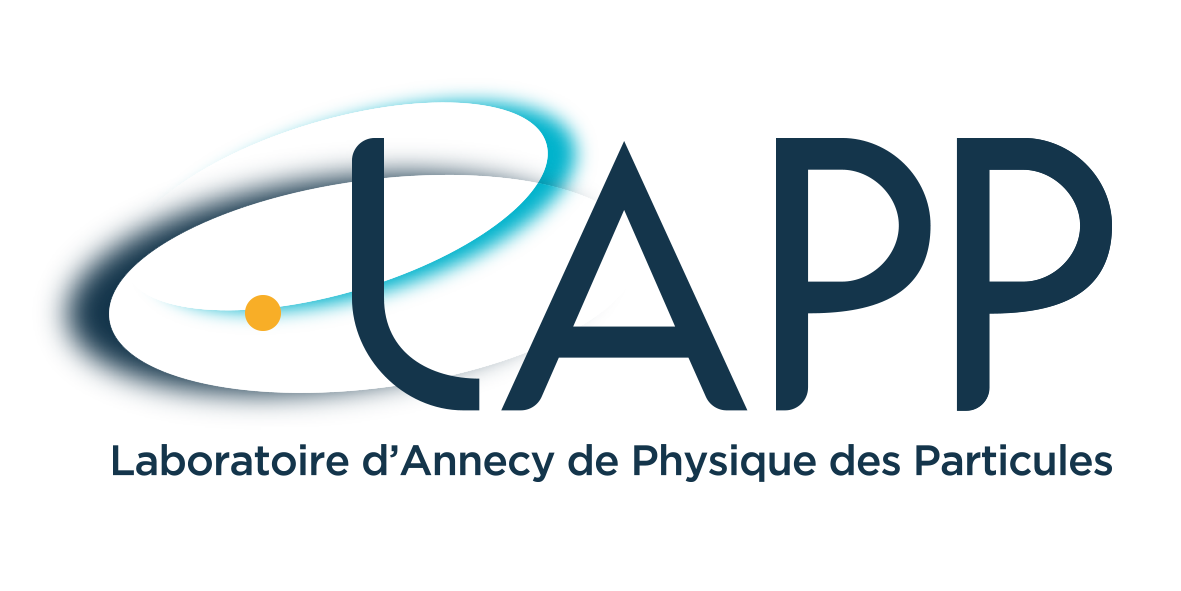Dimitri Estevez – Phd’s defense – june 9, 2020
Upgrade of Advanced Virgo photon calibrators and first intercalibration of Virgo and LIGO detectors for the observing run O3
On September 14, 2015, the LIGO-Virgo collaboration directly detected gravitational waves emitted from the coalescence of two black holes for the first time. This detection was made possible by the construction and the improvement of kilometer-scale interferometric detectors designed to detect gravitational waves in a frequency band ranging from ten hertz to a few kilohertz. Since this detection, many coalescences of binary black holes, binary neutron stars and binary neutron star – black hole systems have been detected during the observing runs O1, O2 and O3 providing new scientific information in the fields of fundamental physics,astrophysics and cosmology. The detectors alternate between improvement and observation phases. As the sensitivities of the detectors improve, it becomes increasingly crucial to precisely calibrate these detectors and to validate the reconstruction of the gravitational wave signal so as not to bias scientific results such as the estimation of the astrophysical parameters of the sources or the measurement of the Hubble constant.
The period of my thesis covers the commissioning and the observing run O2 (2017) then the commissioning and a large part of the run O3 (2019-2020). I was in charge of implementing and improving two photon calibrators which were used to calibrate the Advanced Virgo detector with the implementation of a new calibration strategy. They also enabled to verify the reconstruction of the gravitational wave signal. These optical devices are auxiliary actuators of the mirrors of the Advanced Virgo interferometer using laser radiation pressure by power modulation to push on the mirrors. The calibration of Advanced Virgo and the reconstruction of the gravitational wave signal used during O2 is described as well as the use of photon calibrators for the verification of reconstruction. The improvement of these calibration devices and their implementation between the runs O2 and O3 are then presented. The first work of intercalibration of the LIGO and Virgo detectors is also detailed as well as the new calibration strategy of Advanced Virgo based on photon calibrators for O3. The results enabled to use these optical devices as a calibration reference and to estimate with better uncertainties the gravitational wave signal reconstructed online for O3. A potential source of bias in the reconstruction is the approximation used for the optical response of the detector. New measurements of this feature are presented. Eventually, an analysis of the impact of the reconstruction uncertainties and of the intercalibration of the detectors on the estimation of the luminosity distance and the inclination of the orbital plane of a binary neutron stars is presented.

